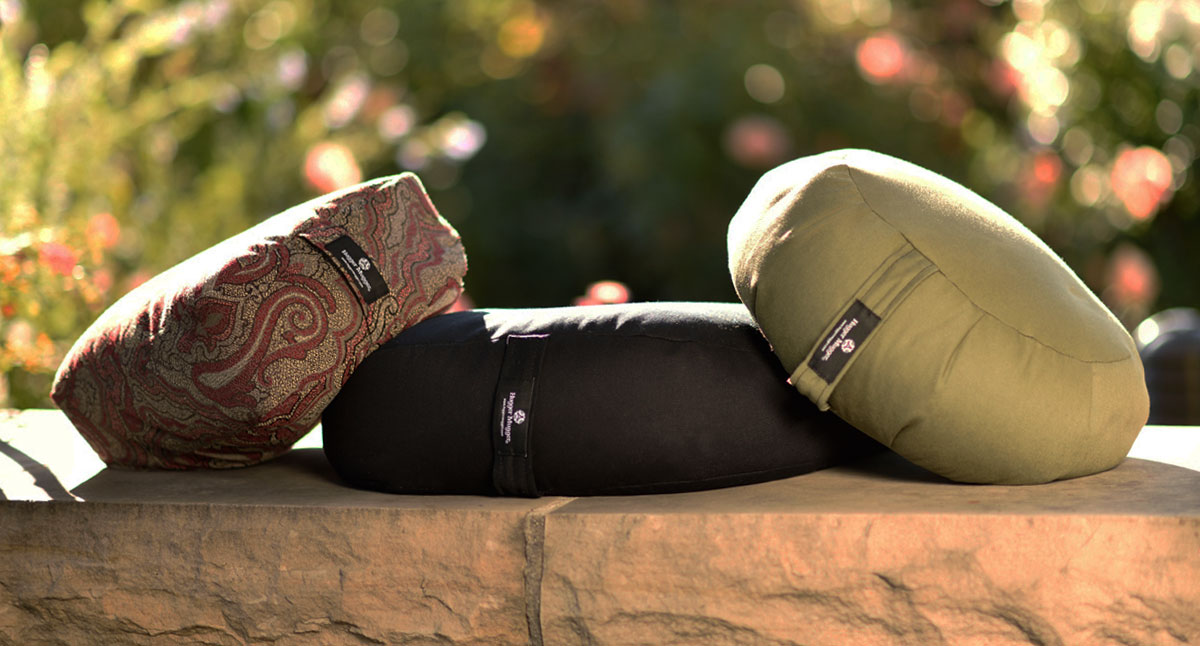
In 1988, I attended my first silent mindfulness meditation retreat. Since then, I’ve attended more than 20 such multi-day—or multi-week—retreats. Often when I tell people I’m going on a long retreat they reply, “Oh, that sounds so relaxing.”
Anyone who has sat a multi-day meditation retreat knows that, while there may be times when relaxation is present, much of the time “relaxing” is not an accurate descriptor of the overall experience. It’s actually quite challenging. Having attended both yoga retreats and meditation retreats, I’d have to say the latter present many more challenges.
I’d also have to say that despite the challenges, sitting all those retreats has been the most valuable, transformational thing I’ve ever done. My annual retreats are an invaluable touchpoint for me. I truly can’t imagine what my life would be without them.
What’s So Hard About Sitting?
So, what’s so difficult? First, sitting for long periods can be really uncomfortable. Even if you were able to score the most ergonomically correct easy chair for your sitting practice, that much sitting is going to be challenging.
And then there’s your mind. Being alone with your own mind, with nothing to distract you, is a humbling experience. All the things we’ve given energy to in our lives—memories, worries, obsessions—are right there in the foreground. There’s no escaping. But the point is not to push all our chaotic mental ramblings away. The art of practice is to be able to see it, accept it and allow it all to come and go, as it always does.
Provisions for the Journey
All this said, there are concrete ways to make the meditation retreat experience more pleasant. Here are a few ideas:
- A proper seat: Some meditation retreat centers have meditation cushions you can use. But if you have one you really like, it can be helpful to bring your own. Unless you’ve attended a particular retreat center in the past, it’s hard to know whether their cushions will work for you. I always bring my own v-shaped cushion, because I don’t want to take a chance on having to commit to sitting on an uncomfortable seat for weeks at a time! Most meditation seats support either sitting cross-legged or kneeling. Choices include zafus, v-shaped cushions, zen cushions or meditation benches. Here’s a post that can help you decide what might work best for you. All this said, you may find that sitting in a chair, if permitted by the retreat center, may be your best option for some or all sittings. Allow yourself that luxury if it’s your most comfortable option.
- Comfortable clothing: This is super important. As you become more mindful, little aches and pains can be amplified. Small discomforts can become a big deal. Loose, non-binding clothing is a must. Loose-fitting, low-maintenance pants and tops are best. Skirts and dresses can be comfy too. Just make sure to try sitting in them beforehand to determine whether they’ll accommodate sitting on the floor without your having to constantly adjust them. Finally, leave your underwires at home. This may not be practical for everyone, but speaking from experience, a combination of loose-fitting tops, camisoles and light sports bras will make you much happier.
- Yoga clothing: Of course, yoga clothing can stand in for meditation clothing in many cases. Find out if there’s formal movement practice during the retreat. Usually, your meditation clothing will suffice, but dresses and skirts might not cut it for yoga asana practices.
- Layers: Bring clothing that’s appropriate for the season, but bring layers, just in case. You never know how warm or cold the meditation space will be. A lightweight shawl is a good, packable option.
- Sensible shoes: Shoes that are easy to slip on and off are really nice when you’re practicing both sitting and walking meditation. It’s smart to take a pair of more substantial walking shoes as well, in case there’s time for hiking.
- Journal: Many retreats discourage actual journaling, but you may want to have a journal handy in case you want to make a quick note of something you might want to remember. That way you don’t have to keep going over it in your mind.
- Personal care: Retreat centers do not often supply things like shampoo, lotion, toothpaste, etc., so bring your own. Some retreat centers are designated scent free. If you feel you want to honor possible chemical sensitivities of other participants, regardless of whether it’s required, you might want to invest in some scent-free products.
- Leave superfluous stuff at home: One of the joys of going on retreat is that you get to live simply for a while. While you may think you need to have lots of changes of clothing, memorabilia, etc., while you’re away, try going simple. Clutter and complication in your physical space can lead to more clutter and complication in your mind.
Have you been on a meditation retreat? What are your retreat essentials?
